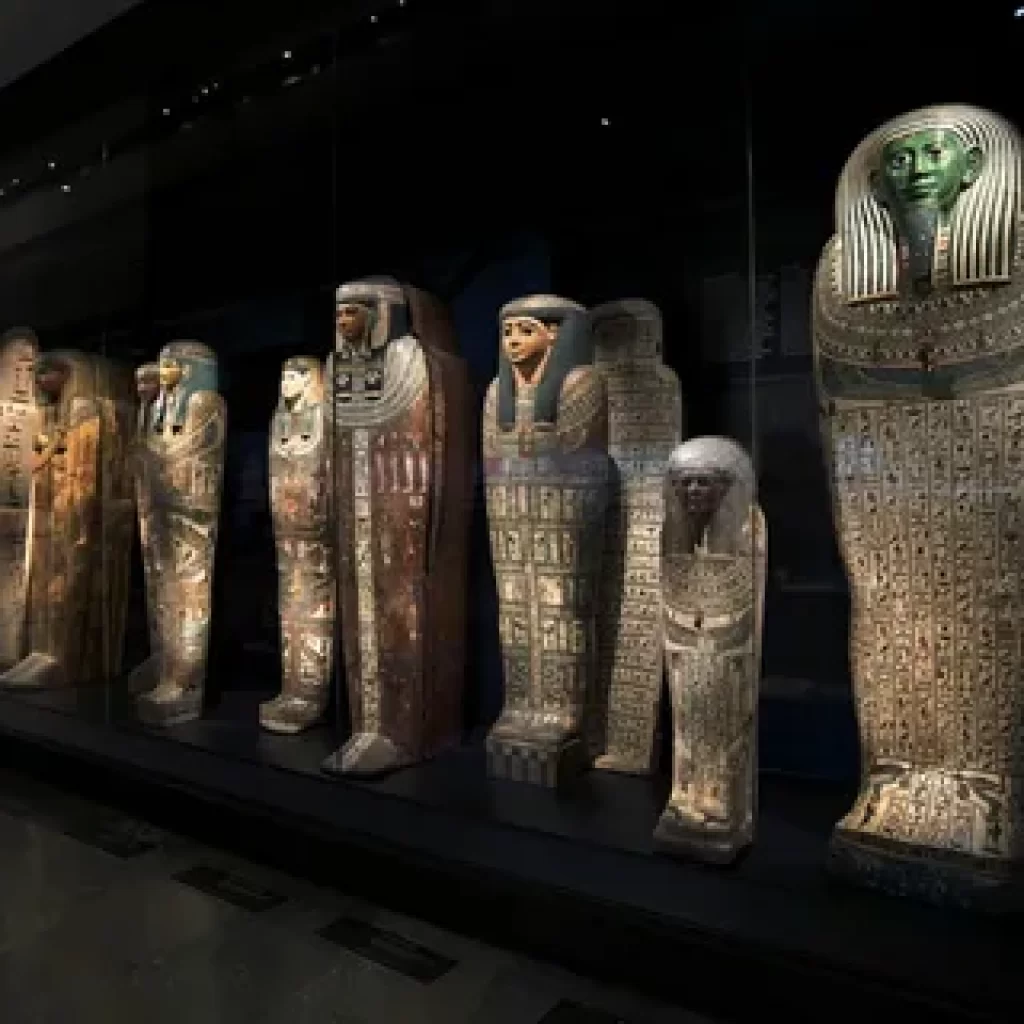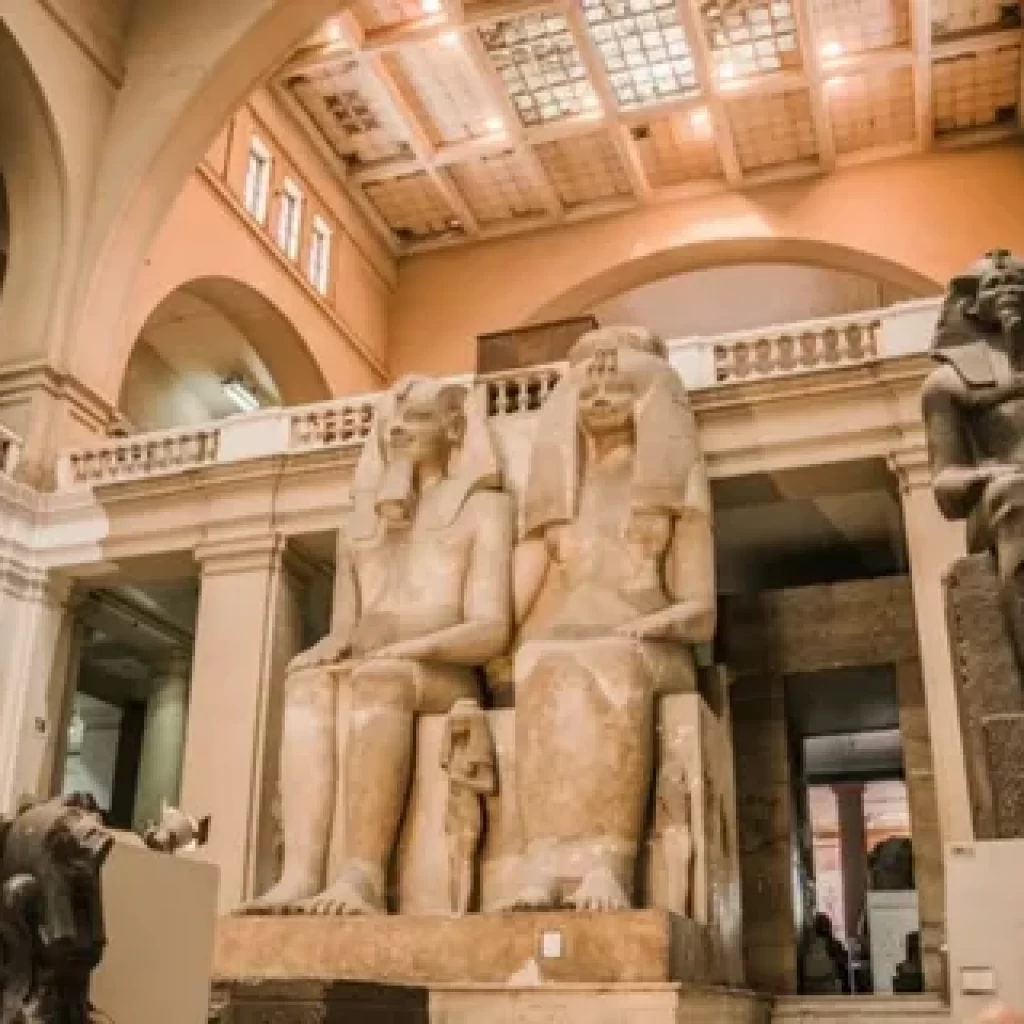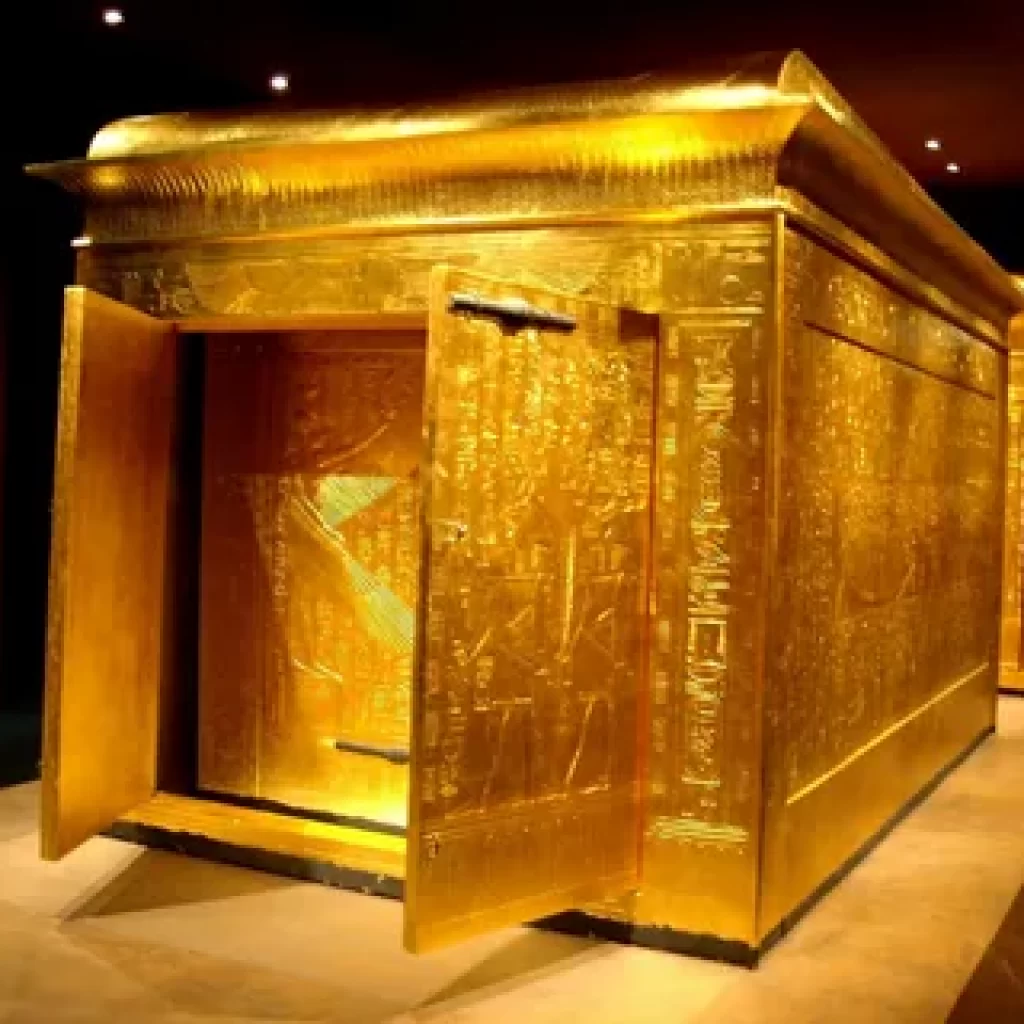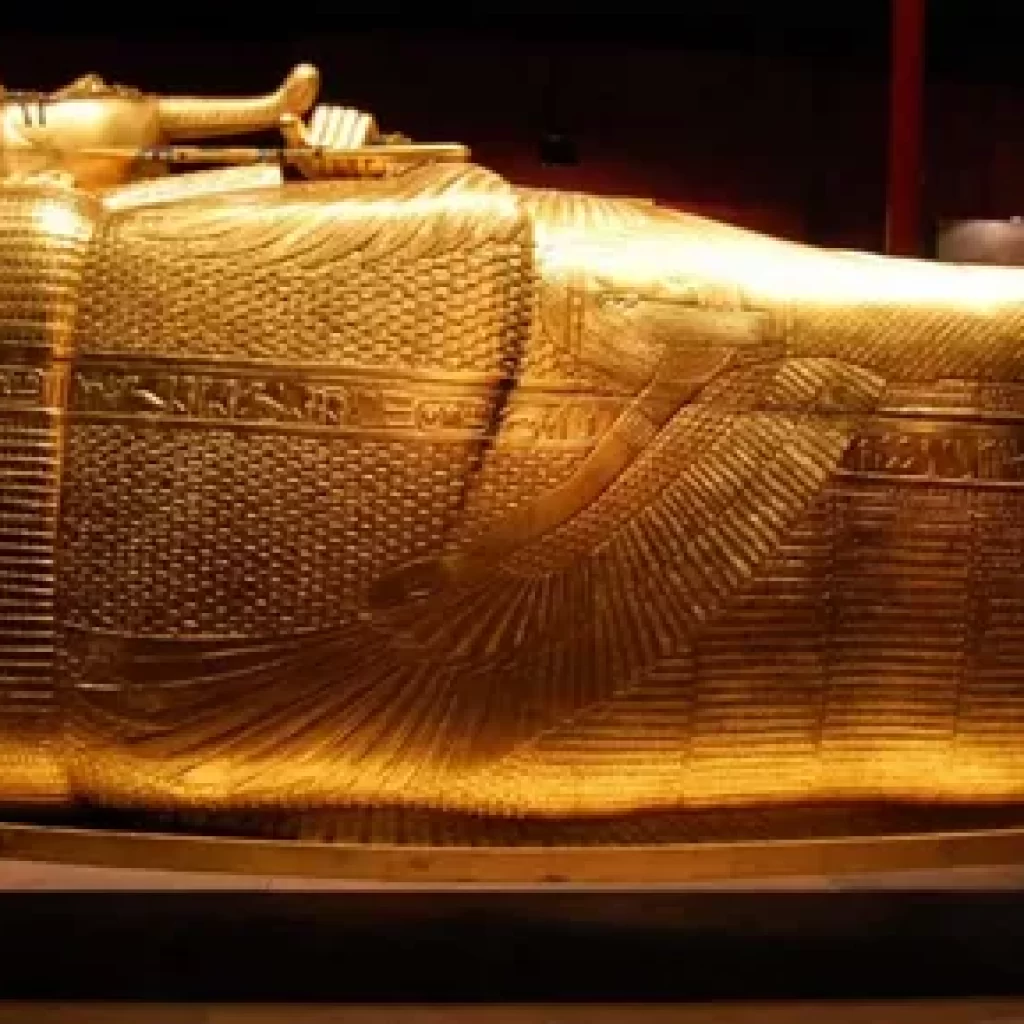
Introduction: The Egyptian Museum in Cairo
The Egyptian Museum in Cairo is a world-renowned institution dedicated to the preservation and exhibition of Egypt’s rich cultural heritage. Located in Tahrir Square, in the heart of Cairo, The Egyptian Museum in Cairo, a vast collection of artefacts spanning over 5,000 years of ancient Egyptian history in The Egyptian Museum in Cairo,. This article provides an in-depth exploration of the Egyptian Museum, highlighting its significance, major exhibits, and the role it plays in promoting historical understandingThe Egyptian Museum in Cairo,.
Table of Contents:The Egyptian Museum in Cairo
- History of:The Egyptian Museum in Cairo
- Architectural Significance
- Major Exhibits
- The Tutankhamun Gallery
- The Royal Mummies Room
- Research and Conservation Efforts
- Educational Initiatives

1. History of The Egyptian Museum in Cairo
The Egyptian Museum was established in 1902 by the Egyptian government under the guidance of renowned Egyptologist, Auguste Mariette. Its creation was a response to the growing need for a centralized repository to house and study the vast number of ancient artifacts being uncovered across Egypt. Originally located in Boulaq, the museum was later moved to its current location in Tahrir Square in 1905.
2. Architectural Significance
The museum’s architecture is an exquisite blend of neoclassical and Islamic styles, reflecting Egypt’s diverse cultural influences. The grand entrance, adorned with towering columns and intricate detailing, creates an awe-inspiring first impression. The museum’s interior features spacious galleries with high ceilings, allowing visitors to fully appreciate the grandeur of the exhibited artifacts.

3. Major Exhibits
The Egyptian Museum boasts an extensive collection of approximately 120,000 artifacts, making it the largest repository of ancient Egyptian artifacts in the world. The exhibits are organized chronologically, providing visitors with a comprehensive journey through Egypt’s history. Visitors can marvel at intricately carved statues, delicate jewelry, mummified remains, and ancient papyrus scrolls that offer valuable insights into the daily lives, beliefs, and achievements of the ancient Egyptians.
4. The Tutankhamun Gallery
Undoubtedly, one of the most popular attractions within the museum is the Tutankhamun Gallery. Discovered by Howard Carter in 1922, the tomb of the young pharaoh Tutankhamun contained a treasure trove of artifacts, including his iconic gold funerary mask. The gallery showcases a remarkable collection of Tutankhamun’s belongings, providing visitors with a glimpse into the opulence and grandeur of ancient Egyptian royalty.
5. The Royal Mummies Room
The Egyptian Museum is also home to the Royal Mummies Room, which houses the mummified remains of several pharaohs and members of the royal families. This solemn chamber offers a unique opportunity to witness the ancient Egyptian practice of mummification up-close. The well-preserved mummies provide invaluable insights into ancient embalming techniques and shed light on the physical appearance of Egypt’s ancient rulers.

6. Research and Conservation Efforts
Beyond its role as a museum, the Egyptian Museum is actively involved in research and conservation efforts. It collaborates with international institutions and experts to conduct archaeological excavations, restore fragile artefacts, and develop new techniques for preservation. These endeavors ensure the continued protection and understanding of Egypt’s cultural heritage for future generations.
7. Educational Initiatives
Recognizing the importance of education and public outreach, the Egyptian Museum offers a range of educational initiatives. These include guided tours, lectures, workshops, and interactive exhibits designed to engage visitors of all ages. Through these programs, the museum aims to foster a deeper appreciation for ancient Egyptian history and culture, encouraging visitors to become ambassadors of preservation.

Conclusion: The Egyptian Museum in Cairo
The Egyptian Museum in Cairo stands as a testament to the enduring legacy of ancient Egypt. Its rich collection of artifacts, architectural splendor, and commitment to research and education make it a vital institution in the global preservation of cultural heritage. By providing visitors with a tangible connection to the ancient past, the museum continues to inspire awe and curiosity, ensuring that the stories of Egypt’s fascinating civilization are shared for generations to come.
FAQs: The Egyptian Museum in Cairo
- Q: What is the location of the Egyptian Museum in Cairo?
A: The Egyptian Museum is located in Tahrir Square, Cairo. - Q: What is the significance of the Tutankhamun Gallery?
A: The Tutankhamun Gallery showcases a remarkable collection of artifacts from the tomb of the pharaoh Tutankhamun, offering insights into ancient Egyptian royalty. - Q: What can visitors see in the Royal Mummies Room?
A: The Royal Mummies Room houses the mummified remains of pharaohs and royal family members, providing a glimpse into ancient embalming techniques. - Q: Does the Egyptian Museum conduct research and conservation activities?
A: Yes, the museum actively collaborates with international institutions for archaeological research and artifact preservation. - Q: What educational initiatives does the Egyptian Museum offer?
A: The museum provides guided tours, lectures, workshops, and interactive exhibits as part of its educational initiatives. - Q: How many artifacts are housed in the Egyptian Museum?
A: The museum has approximately 120,000 artefacts in its collection. - Q: When was the Egyptian Museum established?
A: The Egyptian Museum was established in 1902.





Comment (0)